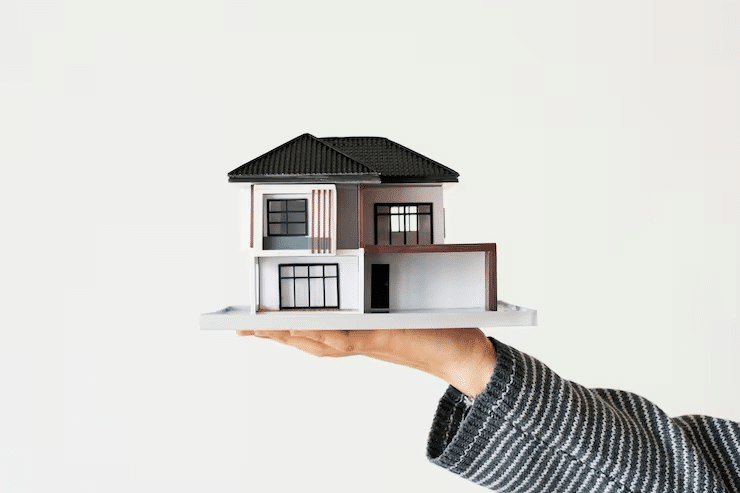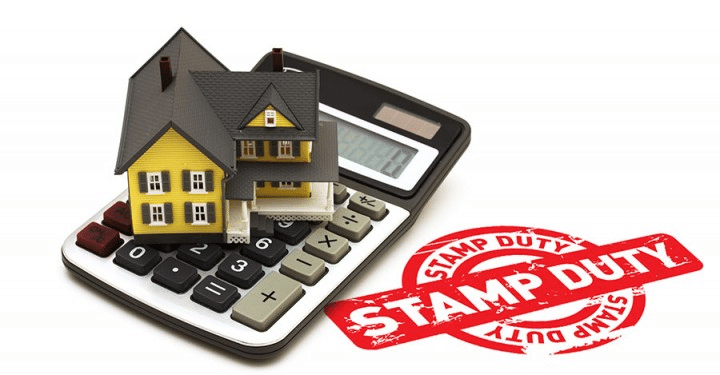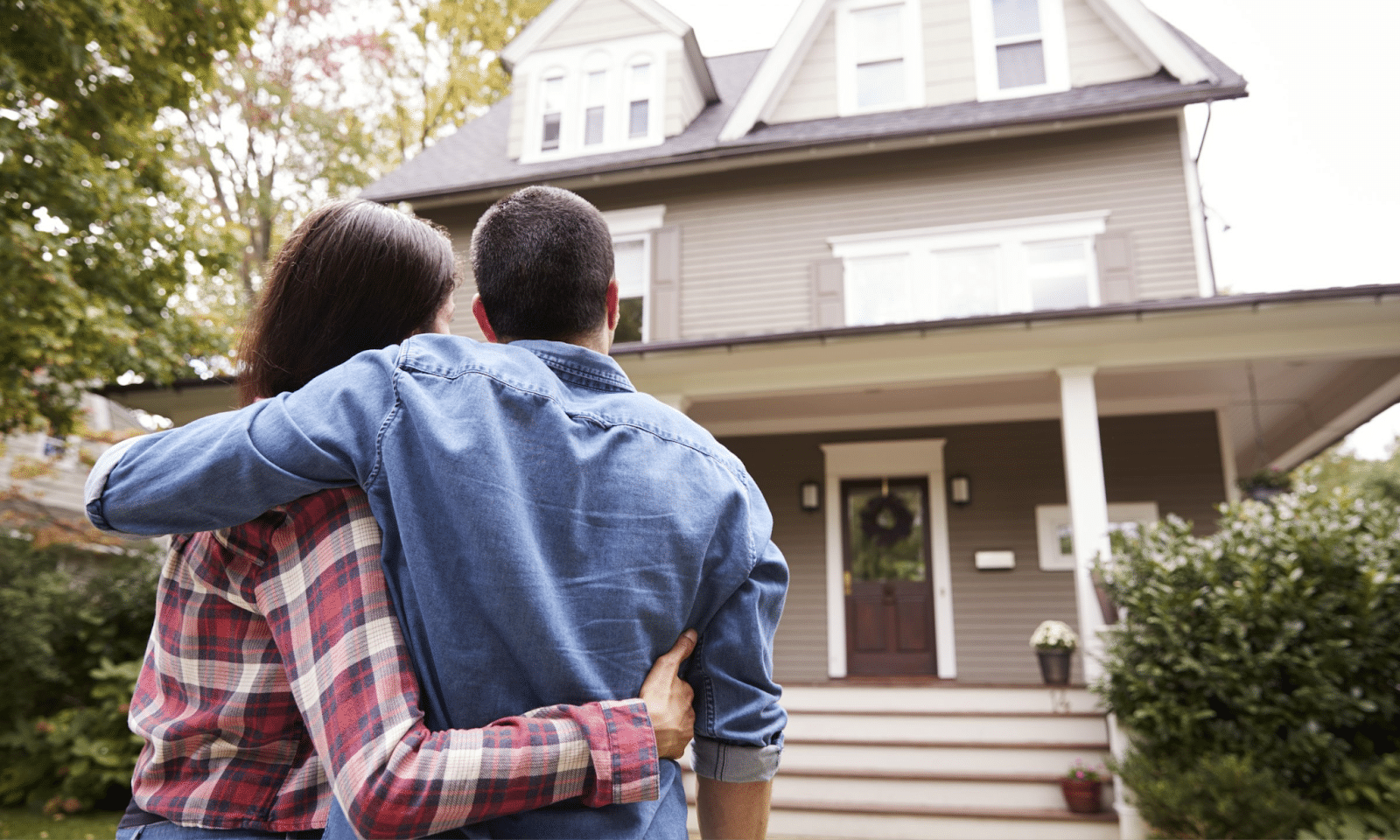Buying another property, whether it’s for investment or as a holiday home, comes with an extra tax known as the Stamp Duty surcharge. This charge increases the cost of buying real estate when you already own another residential property. Stamp Duty on second house purchases is officially called Stamp Duty Land Tax (SDLT) in England and Northern Ireland, and it’s something every buyer should understand before finalizing a purchase.
The rules depend on several factors, including where the property is located, its value, and even your marital status or residency. If you’re thinking about expanding your property portfolio, it’s important to plan for this extra cost so you don’t get caught out by surprise fees.
How Do I Calculate Stamp Duty on a Second House?
To calculate stamp duty on second house purchases, start with the property’s price. Apply the standard tax bands, then add the additional property surcharge.
In England and Northern Ireland, the extra charge is currently 5% on top of the normal SDLT rate for each band. The tax is applied in portions, based on how much of the price falls into each band.
For example, if you buy a second home in England for £700,000 after 1 April 2025:
- You pay 5% on the first £125,000.
- You pay 7% on the portion between £125,001 and £250,000.
- You pay 10% on the remaining portion between £250,001 and £700,000.
You don’t pay the highest rate on the whole amount, only on the part that falls into each band.
You can skip the math by using an online calculator to estimate stamp duty on second house purchases. Just enter the property price, location, and whether it’s a second home to get an instant figure.
What is Stamp Duty Land Tax (SDLT)?
Stamp Duty Land Tax is a government tax you pay when buying property or land above a certain value in England and Northern Ireland. It applies to freehold and leasehold purchases, as well as shared ownership properties.
The way SDLT is calculated has changed several times since its reform in 2014. The tax itself has been around for centuries, first introduced in 1694 to help fund the war with France.
Regional Tax Names
While it’s called SDLT in England and Northern Ireland, the same concept exists elsewhere in the UK under different names and rules:
- Wales: Land Transaction Tax (LTT)
- Scotland: Land and Buildings Transaction Tax (LBTT)

What Counts as a Second Home?
A second home is any residential property you buy when you already own one. This can include:
- Buy-to-let properties: Homes bought to rent out.
- Holiday homes: Properties used for leisure or retreat.
- Homes for family members: Even if it’s for a child or relative, you’ll still pay the surcharge if your name is on the deeds.
- Overseas properties: If you already own a property abroad, such as a villa in Spain or a condo in Florida, buying another home in the UK counts as owning a second property.
It doesn’t matter how you came to own your first home, buying, inheriting, or being added to the title deeds all count.
The Additional Stamp Duty Surcharge
The additional surcharge is the extra amount added to the standard SDLT rates. It was introduced in 2016 to cool the buy-to-let market.
Rate and Threshold
In England and Northern Ireland, the surcharge is 5% above the normal SDLT rate and applies to any residential property worth more than £40,000.
Standard Rates vs. Second Home Rates (England & Northern Ireland)
From 1 April 2025, the rates are:
| Purchase Price | Standard SDLT Rate | SDLT Rate on Second Homes |
| Up to £125,000 | 0% | 5% |
| £125,001 – £250,000 | 2% | 7% |
| £250,001 – £925,000 | 5% | 10% |
| £925,001 – £1,500,000 | 10% | 15% |
| Over £1,500,000 | 12% | 17% |
Using the same £700,000 example after 1 April 2025, stamp duty on second house purchases would total £60,000. For a main home, the total would be £25,000.
Regional Variations in Property Tax
Scotland: Land and Buildings Transaction Tax (LBTT)
Scotland replaced SDLT with LBTT. Second homes, holiday homes, and buy-to-let properties attract an Additional Dwelling Supplement (ADS).
- ADS applies to properties priced above £40,000.
- The ADS rate is 8% for homes between £40,001 and £145,000.
- Total rates for higher-value homes can reach up to 20%.
Wales: Land Transaction Tax (LTT)
Wales replaced SDLT with LTT. The higher rates for second homes were raised again in December 2024.
- The rate starts at 5% for properties up to £180,000.
- It increases up to 17% for homes priced over £1.5 million.

Does Buying a New Home Before Selling My Current One Count?
Yes. If you buy your new home before selling your existing one, you’ll be classed as owning two properties, which means the higher rate applies.
You’ll need to pay stamp duty on second house upfront, but if you sell your old home within three years, you can claim that extra tax back.
Financing the Surcharge
Since the higher rate must be paid upfront, make sure you’ve set aside enough funds to cover it when you complete your purchase.
You can sometimes add the cost of the surcharge to your mortgage or use short-term finance, such as a bridging loan, to cover the gap. Lenders typically want a clear repayment plan, often tied to the sale of your current home. Companies like KIS Finance specialize in helping buyers secure this type of funding.
How Do I Claim Back the Surcharge?
You can reclaim the surcharge from HMRC if you sell your old home within three years of buying the new one.
Requirements for a Refund
You qualify for a refund if your previous main residence is sold within 36 months of the new purchase. Once the old home is sold, the new property becomes your main residence.
The Refund Process and Timeline
You must apply for the refund within 12 months of selling your previous home or within 12 months of filing the SDLT return for your new one, whichever is later.
You can apply online through the government website, using:
- Your Government Gateway user ID.
- The new property’s address, purchase date, and SDLT transaction reference.
- The total SDLT paid and the amount you want refunded.
- The sold property’s address and sale date.
- Bank details for the refund.
HMRC usually processes refunds within about 15 days.
Are There Any Properties Excluded from the Higher Rate?
Yes. Some types of property purchases are exempt from the surcharge.
Exemptions
- Properties under £40,000: No SDLT is due.
- Caravans, mobile homes, and houseboats: Always exempt.
- Divorce or separation transfers: If the transfer follows a court order, you won’t pay the higher rate.
- Mixed-use properties: Buildings that are part residential and part commercial, such as a shop with a flat above, usually don’t attract the residential surcharge.
- Inherited shares (under 50%): If you inherit less than half of a property and buy another within three years, you won’t pay the extra tax.

Special Considerations for Ownership
Married Couples and Civil Partners
HMRC treats married couples and civil partners as one unit. If one partner already owns a property, buying another (even in the other’s name) means the higher rate applies.
Non-UK Residents
Buyers who are not UK residents pay an extra 2% surcharge on top of the existing SDLT and second home rates.
- The 2% applies to all residential purchases in England or Northern Ireland.
- It’s added on top of the standard and 5% second home surcharge.
- You can avoid it if you’ve been in the UK for at least 183 days within the 12 months before the purchase.
For overseas buyers purchasing a second home, the total surcharge can reach 7%.
Frequently Asked Questions
What if I buy a buy-to-let property as my first home?
If you’ve never owned property before, you’ll pay the normal SDLT rate. The additional surcharge only applies if you already own another home. You can’t, however, claim first-time buyer relief for a buy-to-let property.
What is considered a ‘main residence’ for tax purposes?
There’s no fixed definition. HMRC looks at where you actually live most of the time, where your family spends time, where you’re registered to vote, where your children go to school, and which address you use for bills and correspondence.
If I help my child buy a house, must I pay the extra stamp duty?
If your name is on the deeds and you already own a property, you’ll pay the extra 5%. You can avoid it if you’re only a guarantor, gift them money for the deposit, or use a family offset mortgage without being a co-owner.
Is the additional rate applied to leasehold extensions?
Yes, if the lease extension is for a property other than your main home. The surcharge starts from £40,000. If it’s your primary residence, you’re exempt.
Can I add the stamp duty cost to my mortgage?
You can’t add it directly to your mortgage, and it must be paid within 14 days of completion. However, you might adjust your deposit or borrowing amount to cover the tax, though this increases your total loan and interest.
